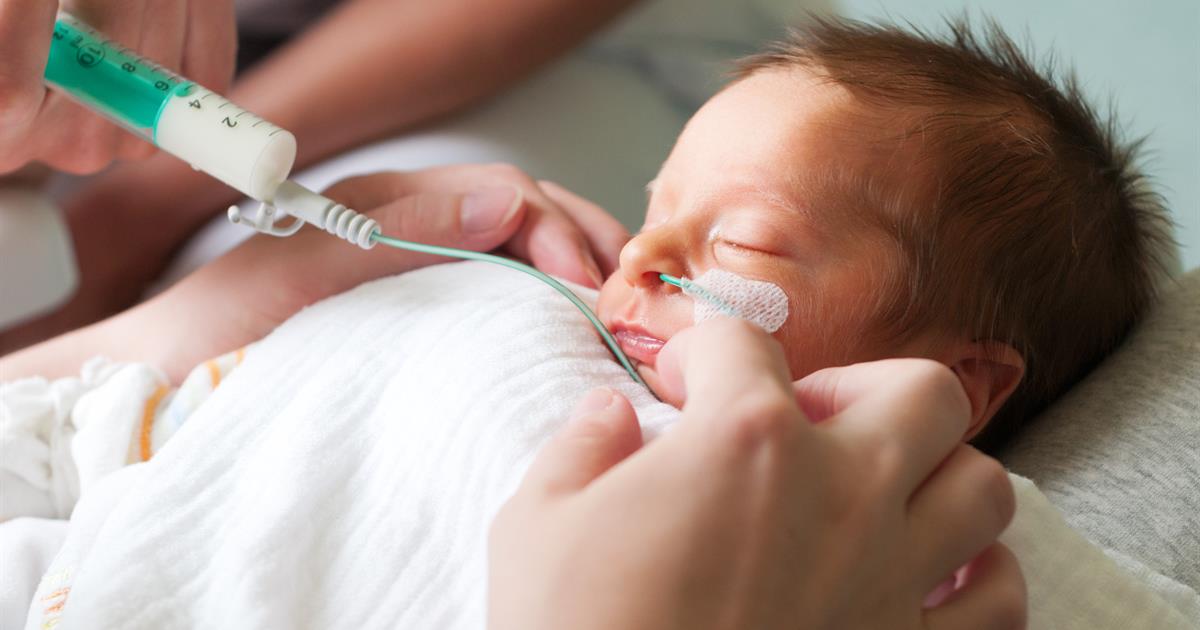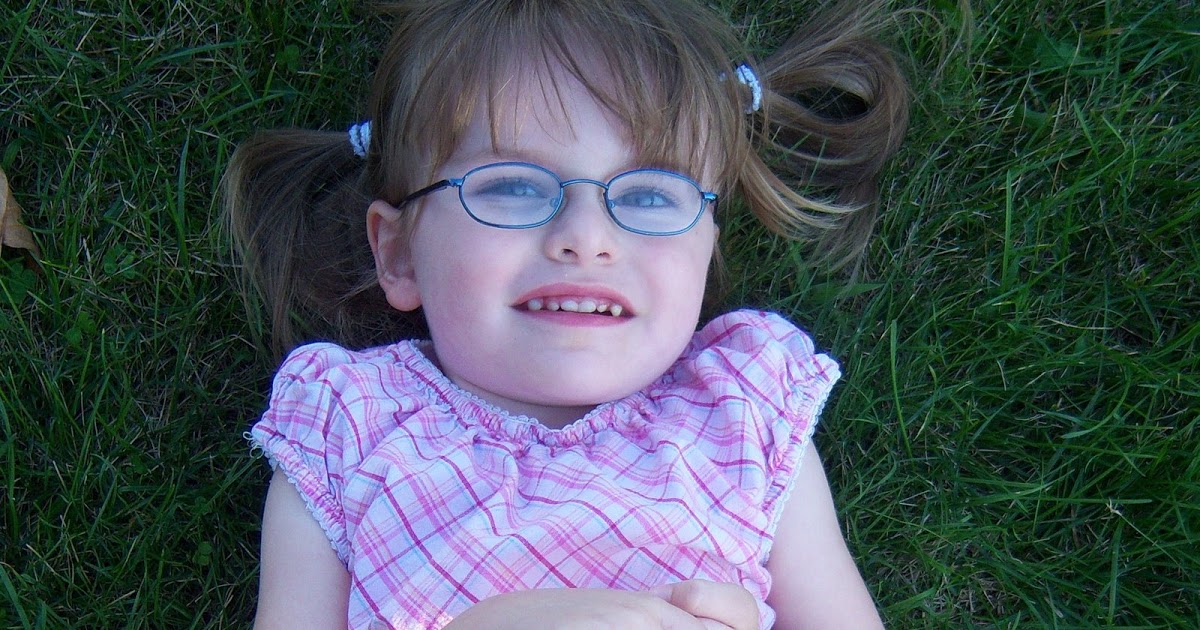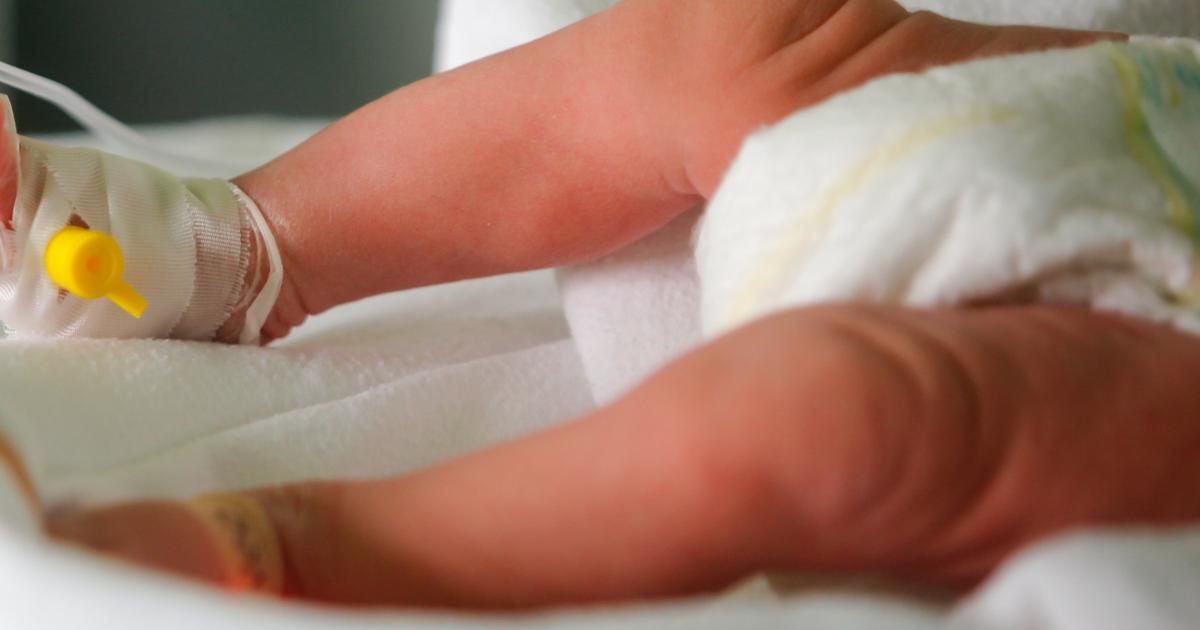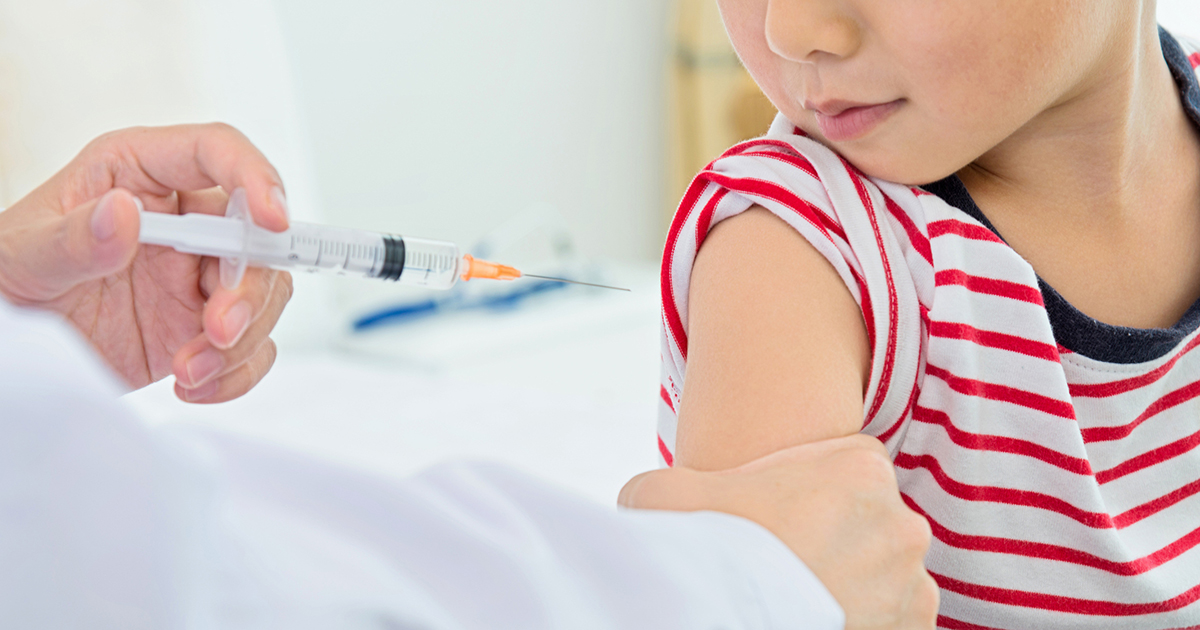Potential Causes And Risk Factors Associated With Autism Spectrum Disorder
Autism spectrum disorder is used to describe a neurodivergent way of processing the world. It is currently classified as a developmental disability, and the symptoms can cause significant distress and difficulty with communication. With that said, many individuals with autism go on to lead happy, independent, fulfilling lives. Many of these individuals are creative thinkers and innovators. It's important to understand the potential causes and risk factors for autism spectrum disorder. If someone is on the spectrum, making adjustments to their home environment and communication style can be very helpful. Children with autism spectrum disorder have different developmental milestones and communication needs from neurotypical children, so understanding them is important. Though there are therapies that aim to suppress autistic behaviors, an increasingly large body of research indicates patients with autism should be able to express and embrace their neurodivergence instead.
Read about potential causes and risk factors linked to autism spectrum disorder now.
Genetics

Genetics are thought to play a role in autism spectrum disorder, but they usually aren't the only factor at play. Researchers have been studying genetic links to autism for years. The initial hope was to create a prenatal screening test for autism, but there has been pushback against this from the autistic community. Some children with autism spectrum disorder also have a genetic disorder like fragile X syndrome or Rett syndrome. It's also possible that genetic mutations increase the likelihood of having autism, but researchers are still learning what these mutations are. Genetics play a key role in neurological development. Some genes may affect the way the brain communicates with cells and processes information. Certain genetic mutations can occur spontaneously, but others are inherited. Having a family member with autism does increase the likelihood someone will have autism themselves. It's possible autism is caused by a perfectly normal gene variation rather than a genetic defect.
Read about how the environment can potentially influence autism now.
Environmental Factors

There is ongoing research into how environmental factors may affect the presence and perceived severity of autism. One prevalent myth is vaccines cause autism, but it's crucial to note this has been equivocally proven false. In fact, the doctor who published the original study lost his license for falsifying data. Researchers are trying to ascertain whether air pollutants, pregnancy complications, medications, or viral infections have an impact on the development of autism. While autism is likely not caused by a disease or other environmental factors, it is true environmental factors can increase noticeable symptoms. For example, a child with autism in a bright and loud grocery store may have a sensory meltdown. The amount of sound and artificial light in our world today is far greater than it has been in the past. This means patients with autism are more likely to experience sensory distress and overstimulation. The same child who has a meltdown in a grocery store might, had they been born a few centuries ago, never have exhibited symptoms at all.
Keep reading to uncover more potential risk factors for autism now.
Preterm Babies

A normal and full-term pregnancy lasts thirty-six to forty weeks. Babies born before twenty-six weeks are considered extremely preterm. Many of these babies don't survive, and it's common for the ones who do survive to have physical and mental challenges. One study indicated preterm babies might be at a higher risk of having autism spectrum disorder. When the researchers followed up on the development of extremely preterm babies, it was found nearly thirty percent of them had some form of autism spectrum disorder. Conversely, the diagnosis rate in the general population is about one percent, though it's possible the rate of autism in the general population is much higher and just undiagnosed. In the same vein, it's possible the preterm babies received diagnoses because of how closely they were being watched for developmental issues. That said, thirty percent is much higher than most estimates for the general population. The last trimester of pregnancy is critical for healthy neurological development. When a baby is born prematurely, their cerebral networks may become organized differently. The brains of preterm babies are exposed to stress when they are still supposed to be in the womb, which causes critical developmental issues.
Uncover more risk factors for autism spectrum disorder now.
Children With Certain Medical Conditions

Adults and children with certain medical conditions may have a higher risk of having an autism spectrum disorder. The reason behind these links is not always well-established. They may be caused by similar neurological processes and genetic factors, and it's also possible one may cause the other. Fragile X syndrome is a genetic disorder that leads to intellectual issues, and around one out of every three individuals with Fragile X syndrome is also diagnosed with autism. Tuberous sclerosis is a medical condition that leads to the growth of benign brain tumors. Somewhere between twenty-five and fifty percent of children with tuberous sclerosis also develop autism. In this case, autism might not be diagnosed until later because it's masked by other developmental issues. Rett syndrome is a rare neurological disorder that causes physical and developmental delays, and in the past, it was thought to be part of the autism spectrum, but researchers now think it's a separate condition with high autism overlap.
Reveal how gender and autism coincide next.
Gender

One of the most damaging myths about autism is the idea it mostly affects boys. This is not the case. However, there are significant differences in how children of different genders present with symptoms. The original body of research focused almost exclusively on boys, so researchers incorrectly assumed girls didn't have autism. Girls can and do have autism or are otherwise on the spectrum, but the symptoms present much more internally than externally. Boys are known for emotional volatility, screaming meltdowns, and fixations on things like trains. Some girls indeed have autism symptoms that look like this, and some boys have more internal symptoms. A girl experiencing sensory overstimulation might become withdrawn or shut down. If she expresses external symptoms, they may be written off as hysteria. Girls may also hyper fixate on things like beauty, nail polish, and horses, and since such fixations are considered normal, they may go unnoticed. Girls often struggle to communicate and maintain healthy social relationships, especially as they get older. Individuals should be aware of the internal and external ways autism presents, because if they only look for loud external signs, they could miss it entirely.
Continue reading to uncover more risk factors and causes associated with autism spectrum disorder now.
Siblings With The Condition

Studies have indicated children are more likely to develop autism spectrum disorder if they have older siblings who also have the condition. In fact, one study indicated there was a fourteen times greater chance of children with older siblings with autism spectrum disorder also developing the condition when compared to children with older siblings who did not have the condition. The same studies showed the heightened risk applied regardless of whether the child was born at full term or prematurely. About one percent of children with unaffected older siblings will develop autism spectrum disorder, while eleven percent of children who have older siblings with autism spectrum disorder will go on to develop the condition. The statistics in the studies also indicated boys with an older diagnosed sibling were more likely to be diagnosed than girls. However, since autism spectrum disorder is widely underdiagnosed in girls, it's uncertain whether there's a gender gap in the neurodivergence of siblings or simply in its diagnosis.
Uncover additional risk factors linked to the development of autism spectrum disorder now.
Age Of Parents

Over the past two decades, multiple published studies have indicated older parents are more likely to have children with autism spectrum disorder than young ones. The study found older fathers are particularly likely to have children with autism spectrum disorder. At the same time, some studies indicate mothers are more likely to have children with this condition at both older and younger ages than the average mother. One study was published in 2006 and showed that after thirty, men have a 1.6 times higher risk of fathering children with autism spectrum disorder. When men reach their forties, the risk becomes six times higher. However, the statistical findings of other studies have had a wider range. In one study, researchers concluded the risk of having a child with autism spectrum disorder was only five to ten percent higher if the parents were in their forties. Conversely, another study showed the risk becomes seventy-five percent higher if a father is over forty-five years old. For men over fifty-five years old, an analysis of medical records showed the risk was about four times higher than for men under thirty years old.
Get familiar with additional risk factors for the development of autism spectrum disorder now.
Certain Medications During Pregnancy

Taking certain medications during pregnancy might increase the chances of a child developing autism spectrum disorder. There have been studies showing that developing a fever, having the flu, or gaining excess weight during pregnancy might increase the chances of autism spectrum disorder for the child. Not all medications have been shown to impact this risk, and some haven't been widely studied. One medication that has been studied is valproate, which is an epilepsy drug. Studies indicate a pregnant woman who takes valproate during her pregnancy can have a seven times greater likelihood of having a child with autism spectrum disorder when compared to the general population. There's also a higher likelihood of having a child with autism spectrum disorder if pregnant women take antidepressants, acetaminophen, or a certain class of drugs for asthma. Taking these drugs might increase the chances of a child developing autism spectrum disorder by double the rate of the general population. Despite this, experts say the results of the studies should be interpreted with caution. Patients should always talk to your doctor before stopping any necessary medication during pregnancy.
Learn more about risk factors linked to the development of autism spectrum disorder now.
Low Birth Weight

Over the past two decades, the number of preterm births has gone up. At the same time, the survival rate of preterm infants has drastically improved. Infants who weigh two thousand grams or less at birth have been shown to have an autism spectrum disorder prevalence that's five times higher in adulthood than children born at an average weight. Two thousand grams is sometimes hard for individuals to conceptualize. For reference, this translates to a birth weight of around 4.4 pounds or less. Neurodevelopmental disorders are more likely to occur in children who are born prematurely and have a low birth weight. The study that found a fivefold increase in autism spectrum disorder rates was done by surveying young adults born prematurely. Rather than seeking individuals who had already been diagnosed with autism spectrum disorder, the study used a screening questionnaire to determine whether individuals might have it. Many of the participants in the study had never had a diagnosis before the study because they tended to have strong social skills and intelligence.
Keep reading to learn about risk factors and autism spectrum disorder now.
No Connection To Vaccines

Autism spectrum disorder does not have any connection to vaccines. That's right: absolutely none. There is no conclusive proof indicating vaccines cause autism spectrum disorder or increase the chances of developing it in any way. The studies that claimed to 'prove' a connection between autism spectrum disorder and vaccines are all flawed. In fact, some of the researchers lost their medical licenses for falsifying data. At the same time, dozens upon dozens of studies have shown there is no link between vaccines and autism spectrum disorder. The vaccine ingredient thimerosal has been studied specifically, and researchers have concluded it does not have any impact on autism spectrum disorder rates. The Centers for Disease Control and Prevention (CDC) has funded nine studies, all of which found no link between thimerosal and autism spectrum disorder. There also haven't been any links found between other vaccine ingredients and autism spectrum disorder, though none have been as widely and specifically researched as thimerosal. Thimerosal isn't used as widely in vaccines as it used to be anyway, because the CDC made an effort to reduce the exposure of children to mercury.